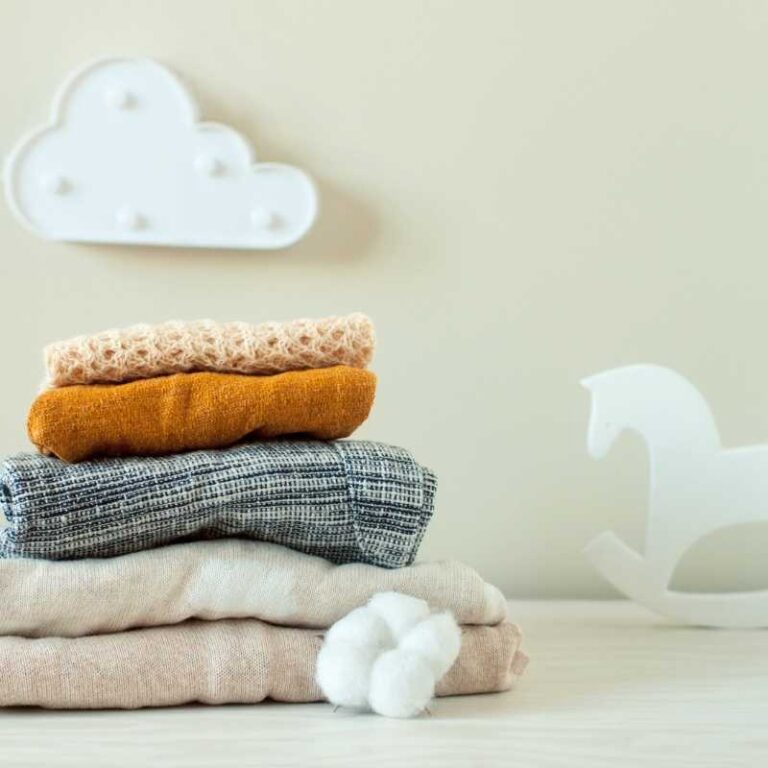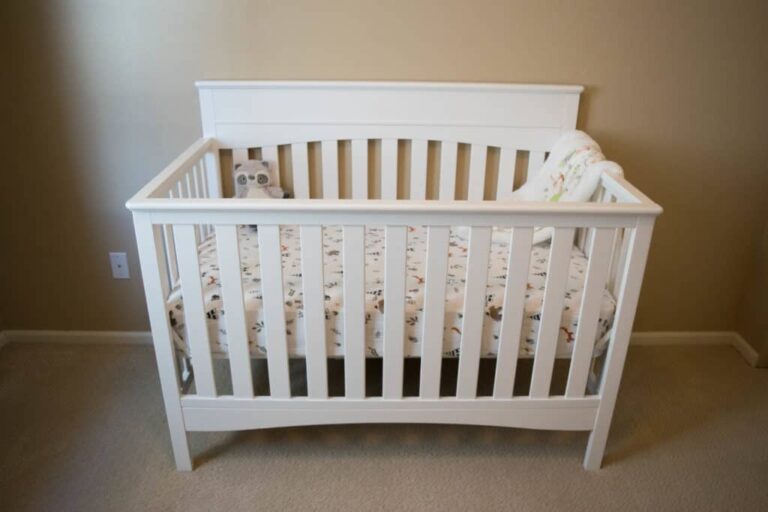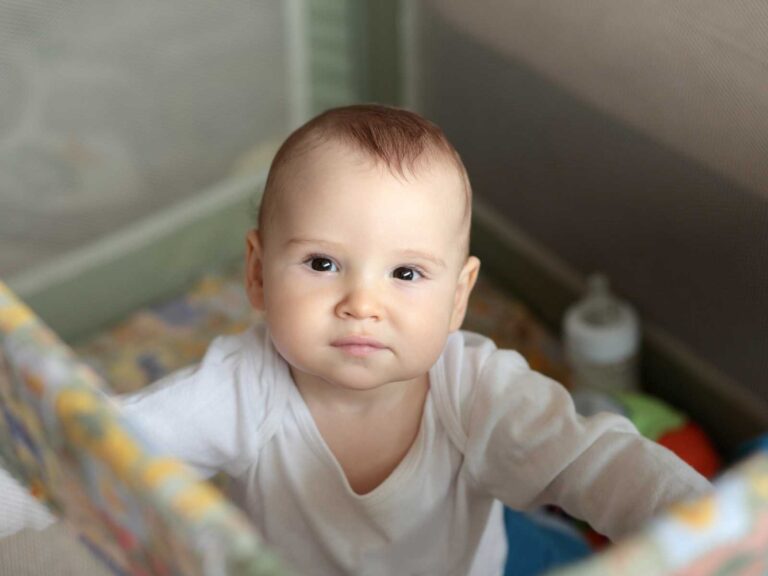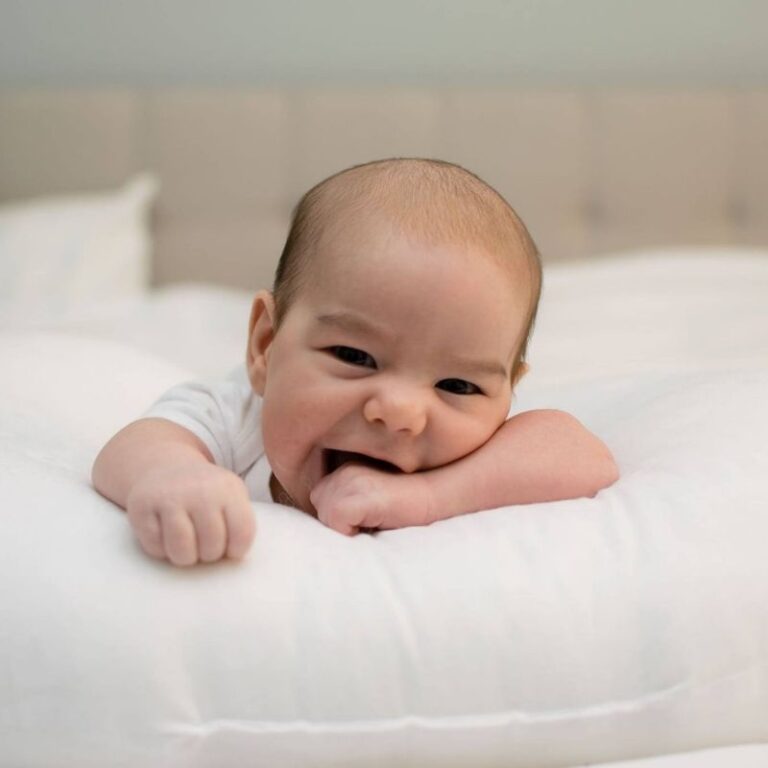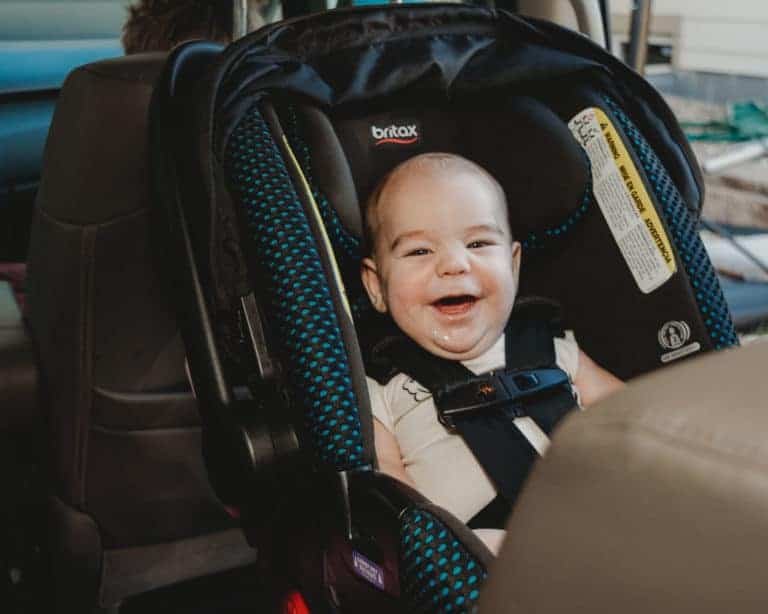How to Co-Sleep Safely | Tips and Co-Sleeping Advice for Parents
New moms will hear advice from every direction, whether they ask for it or not. One topic that people get very passionate about when giving advice is co-sleeping. Some mothers believe it is completely natural, while other moms feel that co-sleeping is too dangerous and risky. For moms who are interested in co-sleeping, we will share how to co-sleep safely with your baby.
This post may contain affiliate links. If you make a purchase, I may earn a small commission at no extra cost to you. As an Amazon Associate, I earn from qualifying purchases. Read more about these links in my disclosure policy.
Why Consider Co-sleeping with Your Baby?
Mothers who co-sleep often feel closer to their children, especially during the fourth trimester (the first 3 months after birth). Those moms also feel that co-sleeping is more safe than sleeping in separate rooms, with the worry over sudden infant death syndrome (SIDS). Moms who co-sleep, especially those who breastfeed, are often more rested with the lack of late-night trips down the hall.
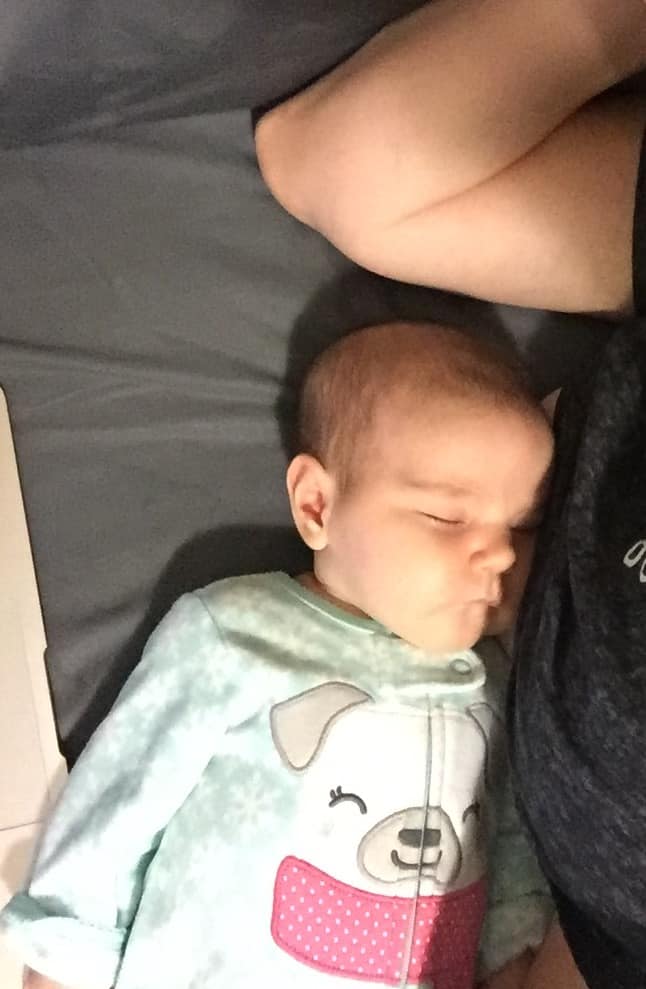
The co-sleeping practice is not new, and up until recently was the norm in many homes. However, just because something is or was standard practice does not mean that it is right for your family.
In recent history, the medical community linked SIDS to co-sleeping. Parents who do not co-sleep often worry about the safety of the practice and do not want to risk accidentally harming their child. While there are SIDS risks with co-sleeping, there are ways to sleep comfortably and safely with your baby.
What is the best way for babies to sleep?
According to the most current research, there are a few guidelines for safe sleep for babies:
- Place baby to sleep on their back, every time.
- Use a firm sleep surface.
- Keep soft bedding and pillows away.
- Have baby sleep in the parents’ room.
Once you understand how to co-sleep safely and the concerns involved, you should choose what is best for you. We will discuss some ways to maximize safety while co-sleeping while minimizing the risk of SIDS.
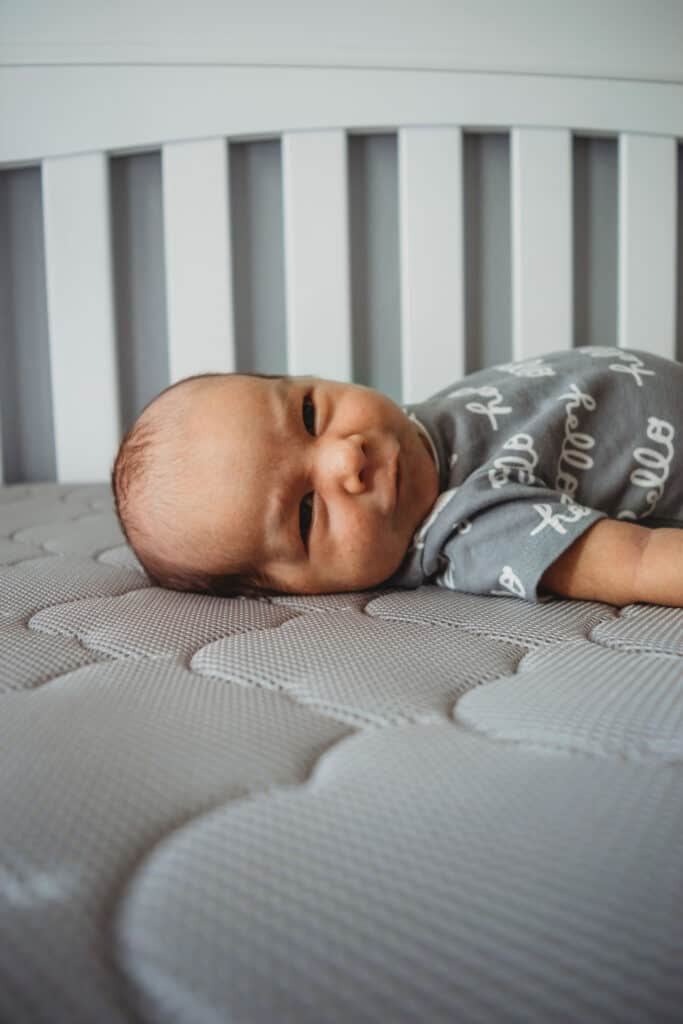
General Safety Guidelines for Bed-sharing and Co-sleeping
Bed-sharing refers to just one way that families choose to co-sleep, and is often used by mothers who breastfeed. Some families co-sleep by having a sidecar crib or other sleeper attachment within arms reach to the parent’s bed. However you choose to co-sleep, consider these safety guidelines when doing so:
Stay with Your Baby
This one may seem obvious but it’s worth stating. Many parents are lulled into a false sense of security if we think the baby is asleep.
Do not leave your baby in the bed alone. If you must get up, make sure that you have someone else watching the baby. If you cannot have someone else watch the baby, you should stay in bed or move the baby to a crib, bassinet, or safer surface.
Babies can roll off a bed or scoot to the side before you know it. Because many adult beds are soft, he or she does not need to be adept at rolling over to fall from the bed.
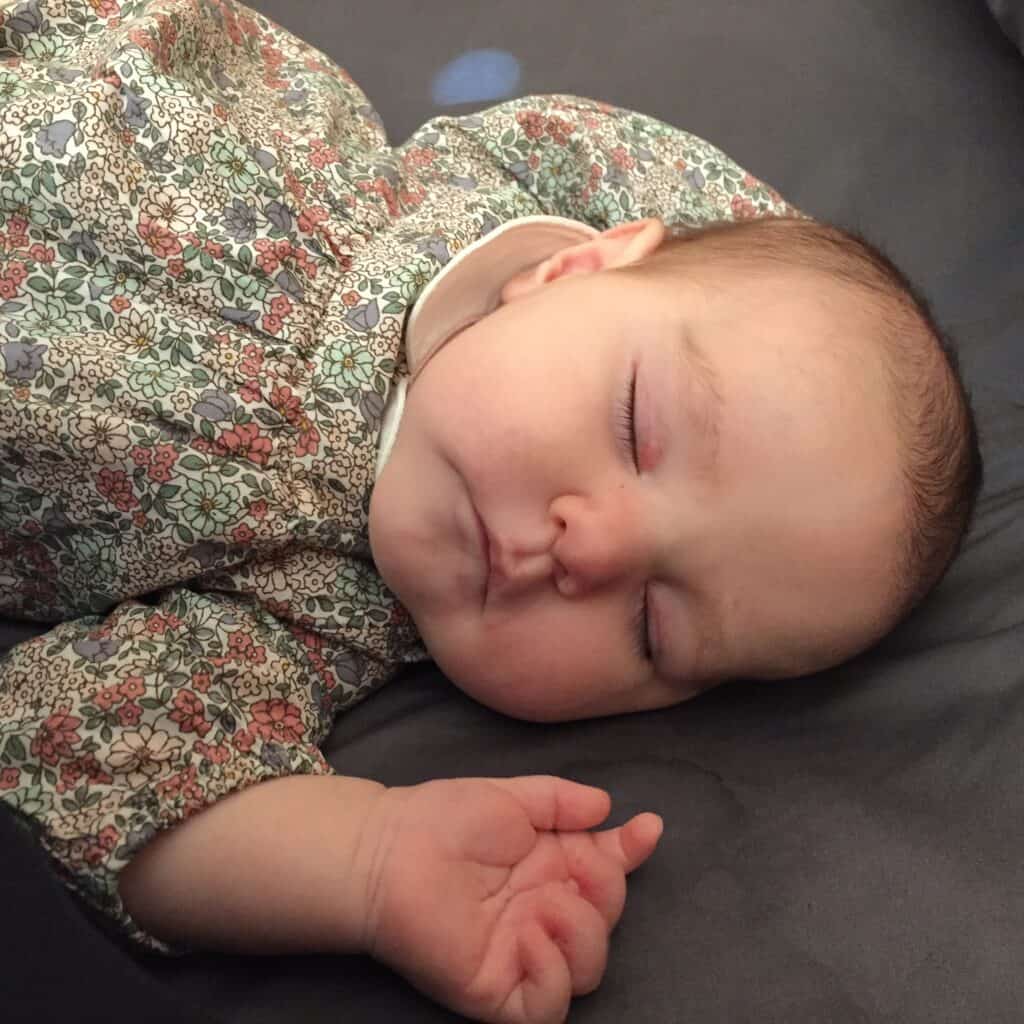
Back to Sleep
No matter where you choose to allow your baby to sleep, placing them on their back is the best sleeping position.
SIDS has been contributed to babies sleeping on their tummies for a few decades. Many researchers surmise that his might be due to suffocation during sleep, but since SIDS is often unexplained, this may not always be the case. However, doctors and sleep experts agree that placing your baby on his or her back to sleep is the ideal sleeping position.
Keep Blankets and Covers Away
You may decide that you want a blanket or a cover while you sleep, but babies can become tangled in them through the night. Keep sheets off of your baby while he or she is asleep. Using warm pajamas and/or a sleep sack is much safer for babies and will keep them warm.
If you sleep with a blanket, dress to stay warm with blankets no higher than your waist (below the baby’s legs). Keep the room bedroom at a comfortable temperature as well.
However, if bed-sharing, do not swaddle your baby. Babies who are swaddled and snuggled close to mom can easily overheat, which increases the risk for SIDS.
Kick the Dog Out (and the Siblings too!)
The family dog does not have to move out of the home; however pets should not be permitted to sleep in the bed with your child. Dogs and cats may accidentally suffocate children.
Just as you should never leave them alone with your children, your pets do not need to guard them in their sleep.
Siblings may want to climb in bed with mom and dad, but they should also not be allowed in the bed with a co-sleeping baby. Young children aren’t aware of their body positions when sleeping and could accidentally roll on top of the baby.
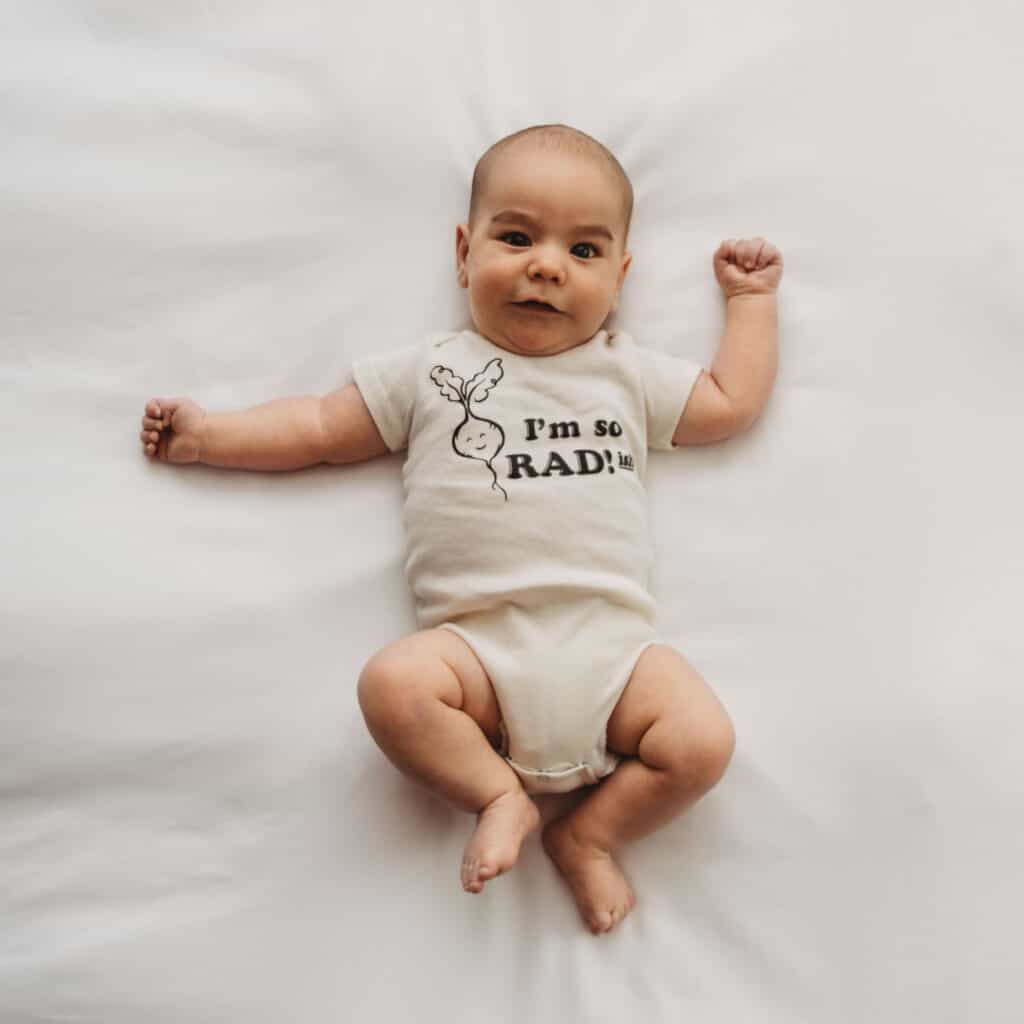
Look for Potential Hazards
Move the bed away from walls and block your baby’s path off the bed with firm pillows or bedrails. You do not want your baby to fall from the bed. However, getting trapped between the bed and the wall can have more dire consequences.
You should also have clean sheets and clothing. Tie long hair back before going to sleep. You may want to put very long hair in a bun.
If you have other people in the bed, make sure that they know you have the baby in the bed, but most advocates say that babies should not sleep between two adults.
Healthy Parents
Make sure that both parents are healthy non-smokers before co-sleeping. Any medication that could cause altered states or heavy sleeping should mean that your baby needs to sleep in a crib or bassinet for the night.
Alcohol or drug use can also cause parents to sleep more deeply, which can pose a risk to babies who are co-sleeping. If either parent uses these substances, bed-sharing should be avoided.
Co-sleeping Alternatives to Bed-sharing
If you want to co-sleep but are afraid of having your baby in your bed, there are bed-sharing alternatives.
- Put a regular crib or bassinet in the room with you. In this case, you would not be in the same bed, but you would be in the same room with your child. Parents often feel better because they can hear the baby upon waking.
- Add a co-sleeper beside your bed. Co-sleepers or side-car cribs attach to the side of the bed and offer easy access to your child without having to rise, and come in a variety of styles to meet your needs. If you choose this method, be sure to select a secure option. You will want to make sure that your baby will not tip over, fall out, or get injured. Most co-sleepers currently manufactured are in good condition, but each person’s needs, wants, and room set up may be different.
Another option to consider is a floor bed. When my daughter was a toddler, we transitioned her out of our bed and onto a floor bed in her room. You can find some of the best toddler floor beds here!
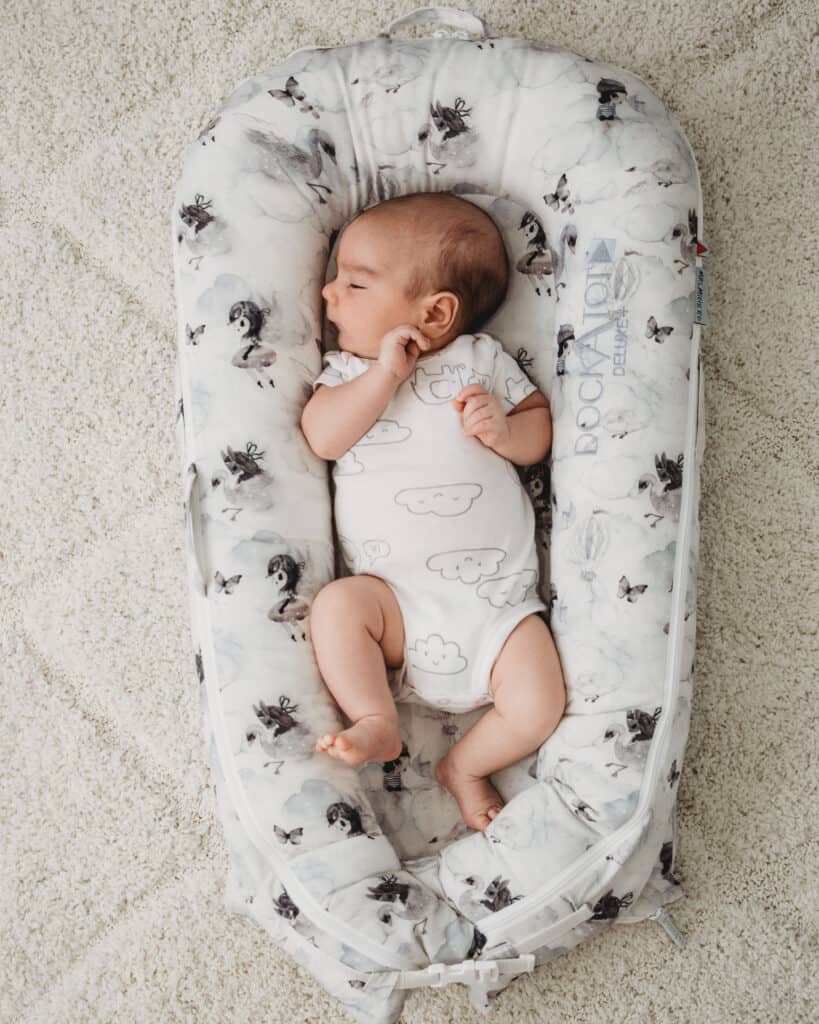
Final Thoughts on Co-sleeping
I have co-slept with my two youngest children, and I know people who could not imagine having their baby sleep in their bed or their room. I was one of those people when my two older children were born. However, our family needs changed and my parenting styles changed – and of course each one of my children were different as well.
Co-sleeping is truly a personal choice. However, that choice will come with risks and consequences. Babies down the hall can make parents nervous because they are afraid that they cannot get to them if they need something. And yet some parents do not want to know every time the baby wiggles because they want to get their rest.
We cannot tell you which method is best for you, but there are benefits to each and being informed is the best way to make that decision. Much like every pregnancy, every child is different. You need to make the decision that fits your needs, child, and family best.
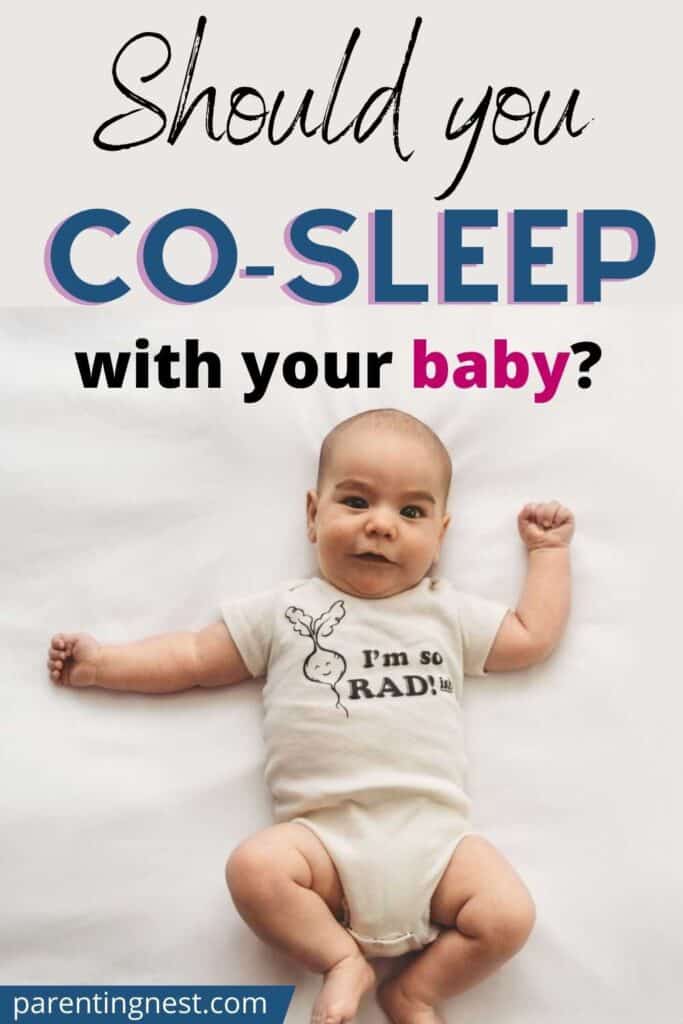

MEET THE AUTHOR
Amanda
As a mom of 4 kids (and the oldest of 4 kids herself), Amanda has over 30 years of parenting experience. A former special education teacher, Amanda has a Master’s degree in Special Education and a second M. Ed. in Educational Leadership.
When she’s not working, Amanda enjoys DIY projects, exercising, photography, and long walks through Target.
You can find Amanda on all social media at @parentingnestblog and @amandaseghetti


